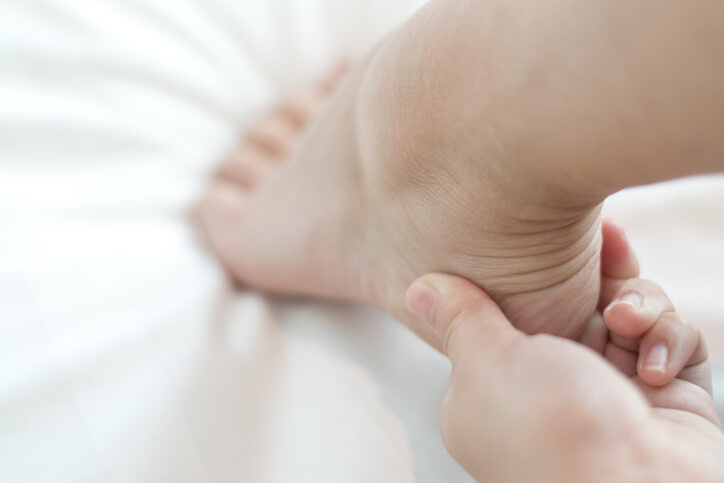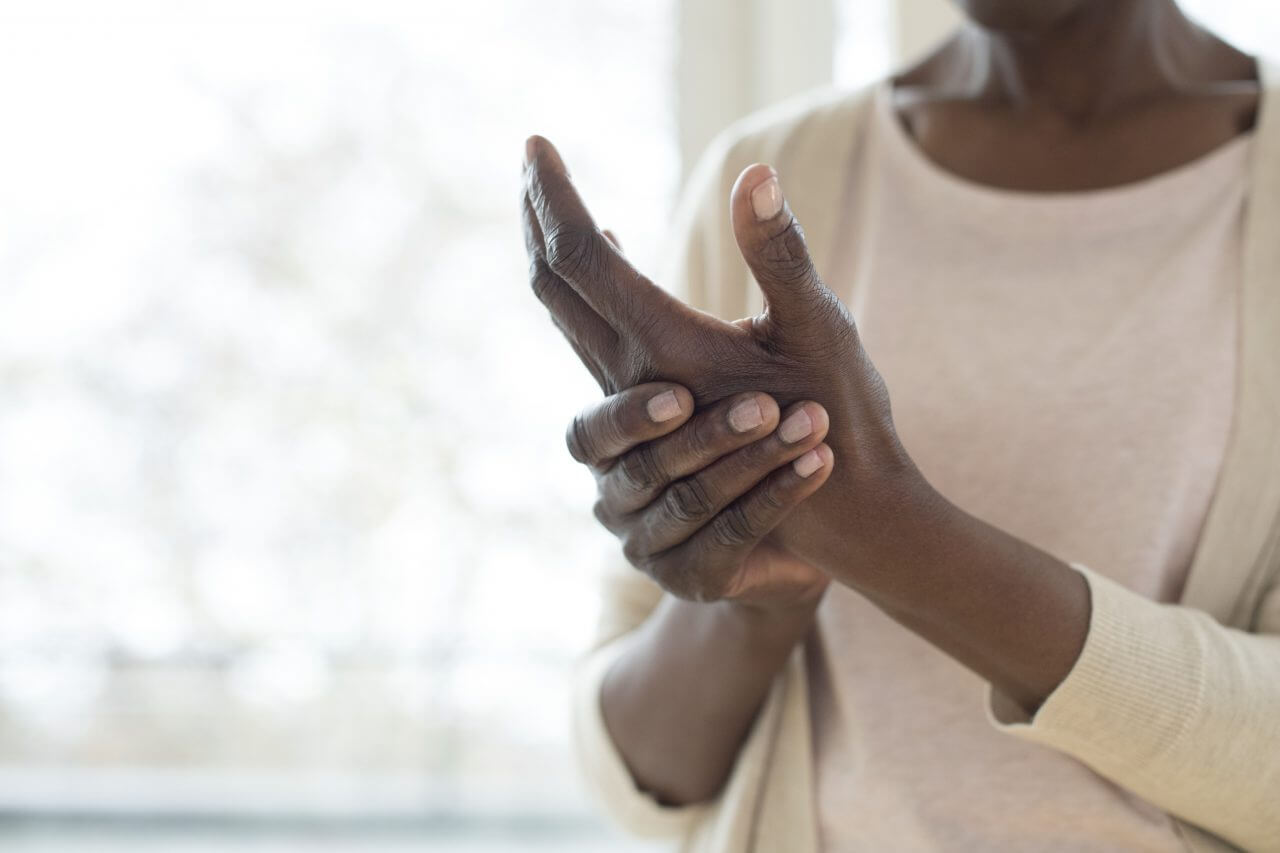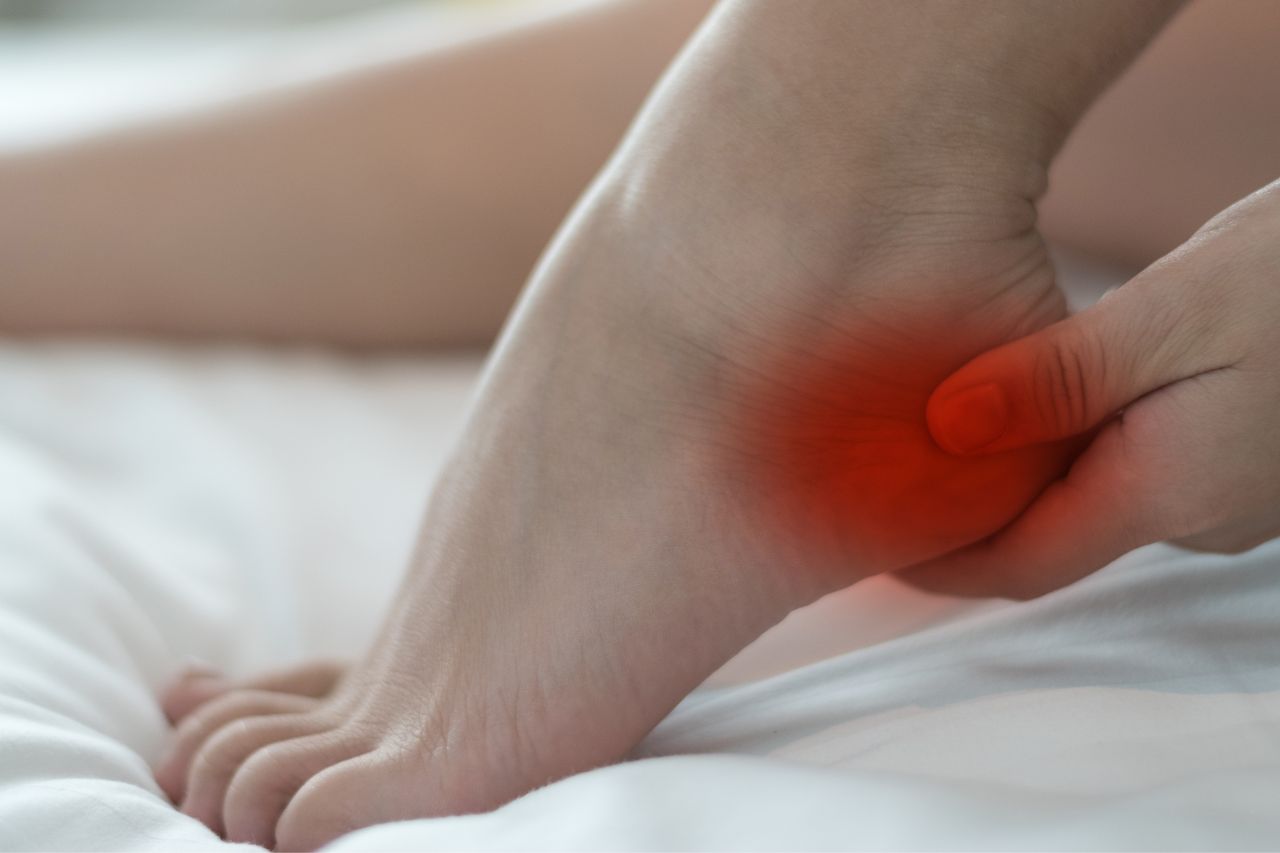Plantar Fasciitis Treatment

Plantar fasciitis is a common condition that causes pain in the heel. The plantar fascia is a thick, strong band of tissue that supports the arch of the foot.
According to the National Institute for Health and Care Excellence, plantar fasciitis accounts for 80% of all heel pain cases. Roughly 10% of people will experience plantar fasciitis in their lifetime. What follows is an outline of the causes, treatment, and pain relief options for plantar fasciitis.
What Causes Plantar Fasciitis?
Because this part of the body gets a lot of use to help absorb the impact of standing, walking, and running, it’s not uncommon for excess pressure to damage the plantar fascia. Several factors are usually behind developing plantar fasciitis, including:
• Age. Plantar fasciitis typically affects people between the ages of 40 and 60
• Exercise. Any exercise that regularly impacts the plantar fascia, such as running
• Flat feet, high arches, or tight calf muscles.
• Obesity and pregnancy. Having additional weight puts more pressure on the feet
• Arthritis.
• Extended standing.
• Wearing high heels.
Plantar Fasciitis Pain Relief & Treatment
Home Remedies
When treating plantar fasciitis, it’s important to note that it can take six to 12 months for your foot to get back to normal. To relieve the pain, inflammation, and stiffness associated with plantar fasciitis, there are several home remedies that can help, including:
• Stretching and exercise. Stretching your calves, Achilles tendon, and the bottom of your foot will help relieve pain over time. Doing exercises, such as calf raises, foot flexes, and curling a towel between your toes can strengthen those muscles and encourage healing.
• Ice your feet. Roll your foot over a frozen water bottle for five minutes or rest your foot on top of an ice pack for 15 minutes, three times a day.
• Rest. If your pain is the result of overuse, resting while incorporating stretches can help relieve the pain associated with plantar fasciitis.
• Shoe inserts. Also called orthotics or insoles, these shoe inserts can be bought over-the-counter and will give you added cushion and support. Make sure they’re firm and have good arch support.
Additional Treatments for Plantar Fasciitis
If none of the home remedies described above help relieve the pain associated with plantar fasciitis, it may be time to talk with your doctor. Here are some of the treatments your doctor may recommend:
• Medication
Nonsteroidal anti-inflammatory drugs (NSAIDs) will help reduce the pain and inflammation of your plantar fascia. Depending on the level of your pain, your doctor may prescribe multiple doses a day for several weeks.
• Steroid injection
If your pain is severe and isn’t responding to NSAIDs, your doctor may recommend a steroid injection into the most painful part of your plantar fascia. This should ease the pain for about a month and will keep the inflammation down even longer than that.
• Physical therapy
If treatments such as medication, rest, and ice aren’t helping enough, your doctor may recommend that you see a physical therapist. You’ll learn exercises that will strengthen your plantar fascia, Achilles tendon, and calf muscles. Your therapist may also incorporate massage, contrast baths, or ultrasonography to help with long-term healing.
• Night splint
Your doctor may recommend sleeping with a night splint that keeps your foot flexed overnight.
• Shock wave therapy
This treatment shocks your plantar fascia with sound waves that help stimulate blood flow in the foot, which helps your foot heal. It also stuns your nerves to stop pain.
• Tenex procedure
A small cut is made, and an ultrasound is used to target and remove scar tissue. This procedure only takes a few minutes and you can typically get back to your normal routine in about 10 days.
• Surgery
This is usually the last resort when your pain is severe and all other treatments haven’t worked. The operation takes your plantar fascia off your heel bone. You’ll most likely go home the same day, but your doctor may ask you to wear a splint and not put weight on your foot for a certain amount of time.
How to Prevent Plantar Fasciitis
Once your foot is feeling better, you can make certain lifestyle changes that can help prevent plantar fasciitis from coming back, including:
• Losing weight. The added pressure that results from being overweight can lead to plantar fasciitis. Losing weight will help here.
• Switch to low-impact exercise. Swimming, cycling, and elliptical machines don’t cause plantar fasciitis or make it worse.
• Wear proper footwear. Avoid flat shoes that don’t offer arch support and make sure they’re properly fitted to your foot. Running shoes and sneakers usually offer more support than other styles. Also avoid going barefoot because it puts pressure on the bottom of your foot.
• Untuck your bedsheets. If you sleep on your back and your sheets are tucked in tightly, your toes will be in a pointed position when you sleep.
Consult a Doctor to Learn More
When home remedies and preventative measures aren’t working, it’s important to talk with your doctor about things you can do to relieve your plantar fasciitis pain.
If you have additional questions or want to schedule an appointment or consultation, connect with a Baptist Health Orthopedic provider near you today.



